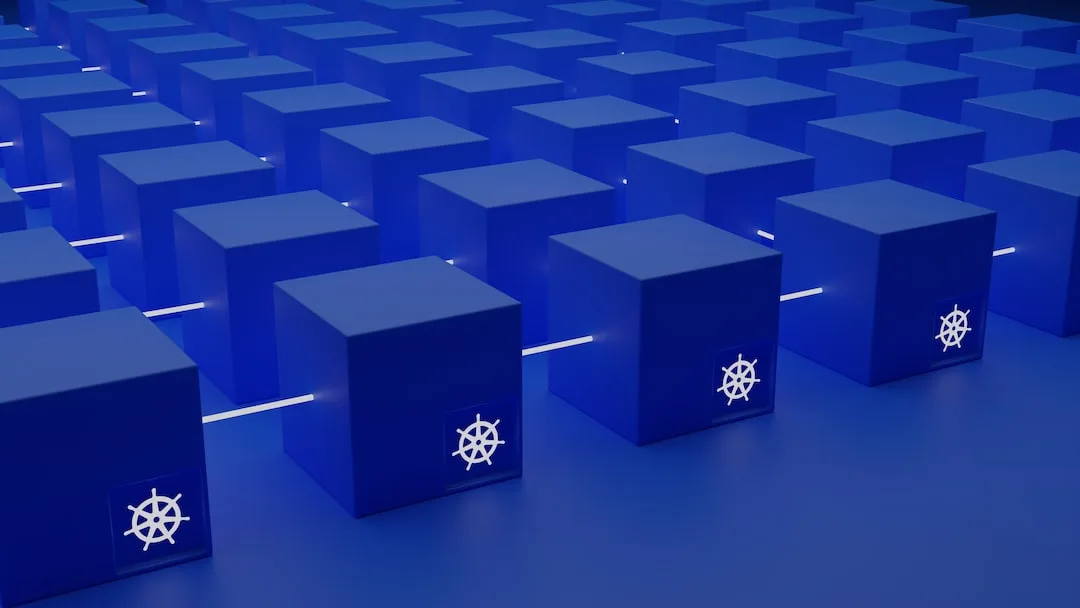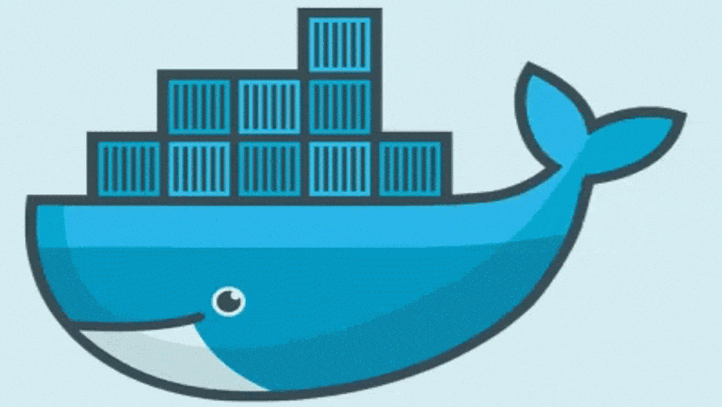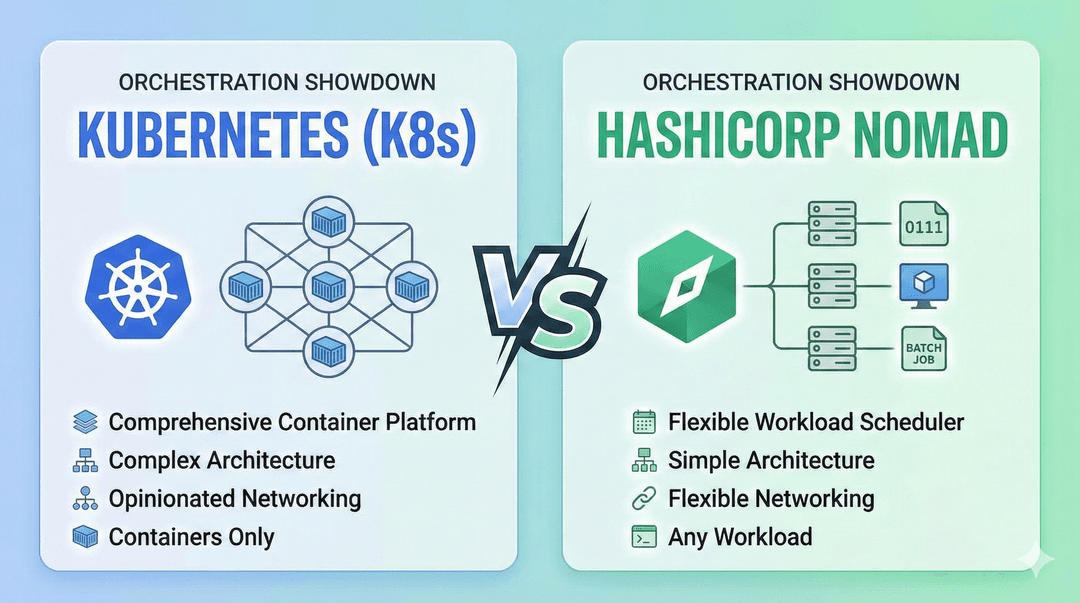
What are Micro-service and Monolithic Architecture?
- Sarvesh Mishra
- Software Architecture, System Design
- 14 May, 2023
Introduction: In the world of software development, architecture plays a crucial role in determining the scalability, maintainability, and flexibility of an application. Two popular architectural approaches that have gained significant attention in recent years are micro-services and monoliths. In this blog post, we will delve into the characteristics, benefits, and challenges of each architecture.
I. Monolithic Architecture
Monolithic architecture refers to a traditional approach where an entire application is built as a single, self-contained unit. In this model, all the components, functionalities, and services of the application are tightly coupled and deployed together.
Characteristics
Monolithic applications are typically built using a single codebase, with all functionalities and services combined into a single deployment unit.
The architecture relies on a single technology stack and database.
The components within a monolith communicate through in-process method calls or shared libraries. Development, testing, and deployment of the entire application are done as a whole.
Benefits:
Simplicity: Monolithic architecture is relatively straightforward to develop and deploy, especially for smaller projects.
Performance: Since all components reside within the same process, there is minimal overhead in communication, resulting in efficient performance.
Easier development: Developers can easily understand the entire codebase and make changes as required.
Challenges:
Scalability: Scaling a monolithic application can be challenging, as the entire application needs to be replicated instead of scaling specific modules.
Maintainability: As the application grows, the codebase becomes more complex and harder to maintain. A single change may require re-deploying the entire monolith.
Technology lock-in: The choice of a specific technology stack is made at the outset, making it difficult to adopt new technologies.
II. Microservices Architecture
Microservices architecture, on the other hand, follows a modular approach where an application is decomposed into a collection of smaller, loosely coupled services. Each service represents a specific business capability and can be independently developed, deployed, and scaled.
Characteristics
Microservices are small, autonomous services that communicate with each other through lightweight protocols like HTTP or message queues.
Each service is responsible for a specific business capability and can be developed, deployed, and scaled independently.
Services can be implemented using different technologies, databases, and programming languages as per the specific requirements.
Communication between services is typically achieved through APIs (Application Programming Interfaces).
Benefits:
Scalability: Microservices offer excellent scalability by allowing individual services to be scaled independently based on demand.
Flexibility: Different services can use different technologies, enabling teams to choose the most suitable tools for each service.
Maintainability: Since services are decoupled, making changes to one service does not require redeploying the entire application.
Fault isolation: If one service fails, it doesn’t affect the entire system, ensuring higher fault tolerance.
Challenges:
Distributed complexity: Microservices architecture introduces distributed system complexities like network communication, service discovery, and data consistency.
Operational overhead: Maintaining and managing multiple services requires additional effort for deployment, monitoring, and debugging.
Service coordination: Services need to coordinate and handle inter-service communication effectively.
Conclusion
Microservice architecture and monolithic architecture are two different approaches to application development. Each approach has its own advantages and disadvantages. The best approach for a particular application will depend on the specific needs of the application.
Note
Please share which architecture you use or prefer in the comment box. Thank you for your time. See you with a new post soon. Share with love.
Let's Connect on:





